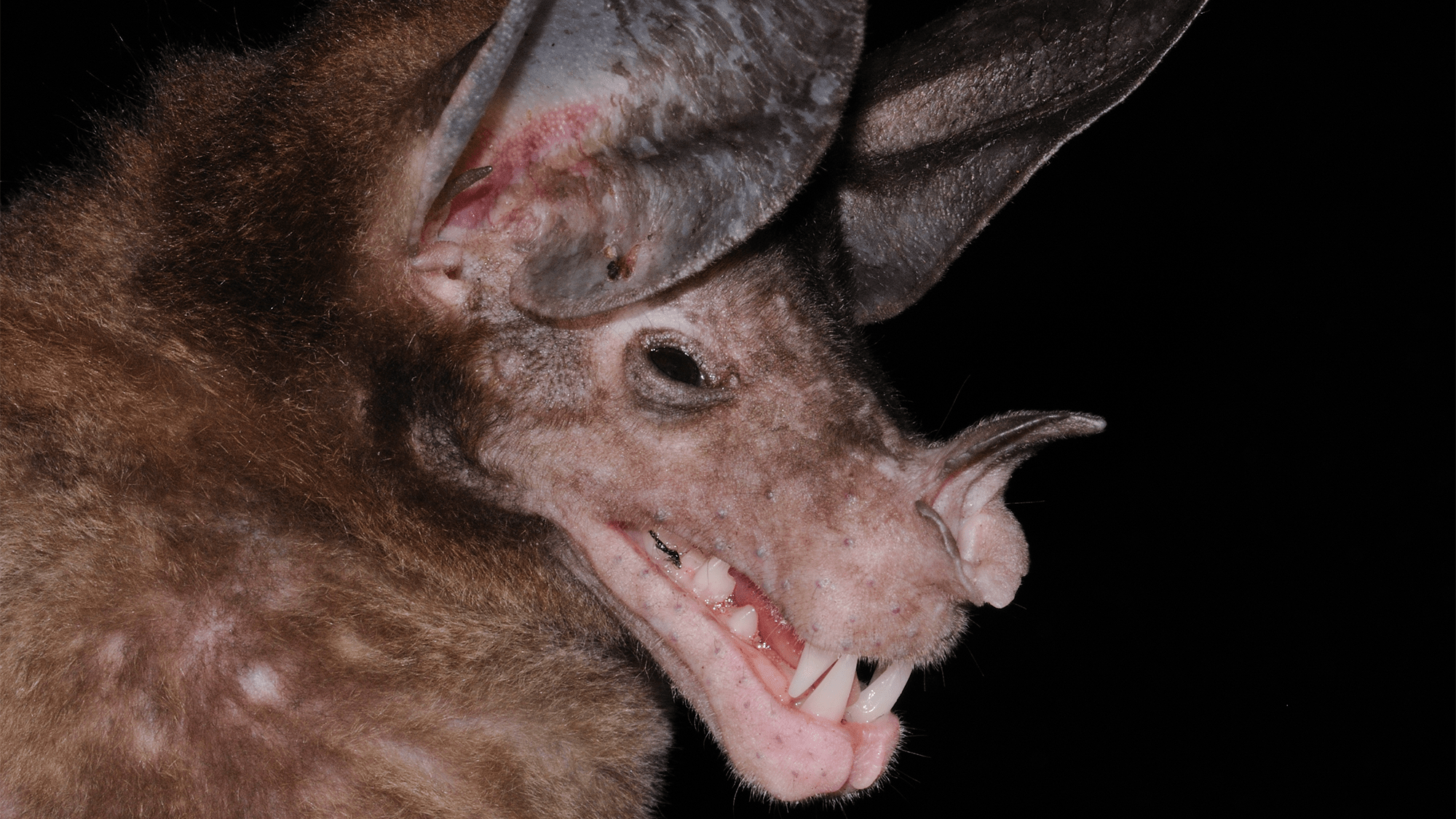Now Reading: World’s Largest Carnivorous Bats Reveal Their Gentle Side
-
01
World’s Largest Carnivorous Bats Reveal Their Gentle Side
World’s Largest Carnivorous Bats Reveal Their Gentle Side

Fast Summary
- Species and Habitat: Spectral bats (Vampyrum spectrum), the largest carnivorous bats in the world, are found in Mexico, Central America, and South America.
- Study Findings: A three-month study using motion-sensitive infrared cameras in Costa Rica observed a family of four spectral bats. Contrary too previous beliefs, these bats exhibit social foraging and cooperative behavior.
- Social Behaviors:
– Bats groom each other within the roost and engage in affectionate greetings (wing-wraps akin to hugs).
– They form “cuddle-balls” while sleeping, wrapping wings around each other.
– Adult bats voluntarily share prey with younger members to help them transition from milk diets to carnivorous feeding.
– Cooperative foraging trips help younger bats develop hunting skills.
- Parental Care: Spectral bat parents were observed practicing biparental care-feeding pups-and remaining at the roost for extended periods. Prey transfers between male adults and lactating females were also documented.
- Intelligence Indicators: The study suggests these apex predators have advanced cognitive abilities; they recognized researchers after repeat visits.
Image Gallery:
Caption: Spectral bat showcasing large ears and pointy nose features (Credit: Andrew M. Snyder via Getty Images).
Caption: Roosting behavior among spectral bats (Credit: Marisa Tietge).
Indian Opinion Analysis
The study’s findings on spectral bat behaviors bring forth interesting implications across scientific research about animal social systems and also potential ecological learnings relevant to India’s biodiversity preservation efforts.though not directly linked to Indian fauna or regions,understanding such cooperative mechanisms in predator species is valuable when studying India’s own rich repository of nocturnal animals like fruit bats or insect-eating species found nationwide. This insight into parental care further highlights unexplored complexities of mammalian societies that could inform future welfare measures during human-animal interactions here – especially when adapting conservation programs involving endangered wildlife populations.Observations on bright behaviors are notably noteworthy as ethical wildlife interaction protocols can benefit from acknowledging such traits widely across environmental projects undertaken domestically (e.g., camera trapping). These breakthroughs underscore global interconnectedness toward deeper studies building intercontinental bridges toward harmonious co-existence & sustainability goals fostering broader practices e.g responsible eco-tourism amidst expanding sensitized awareness zones globally
Read More: Link Source
























